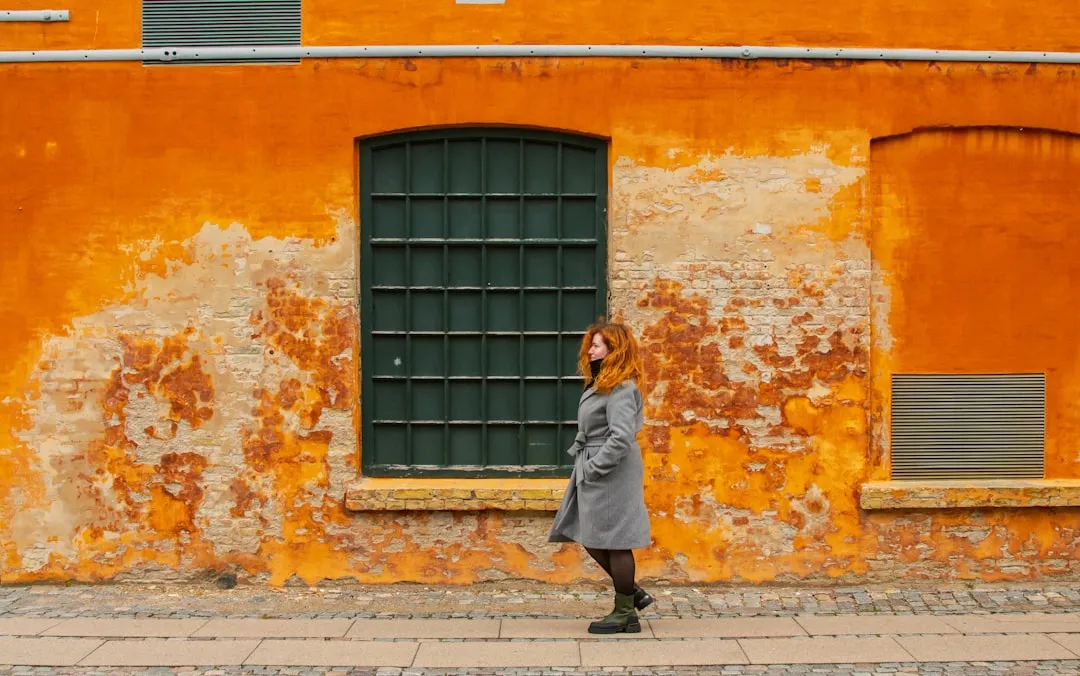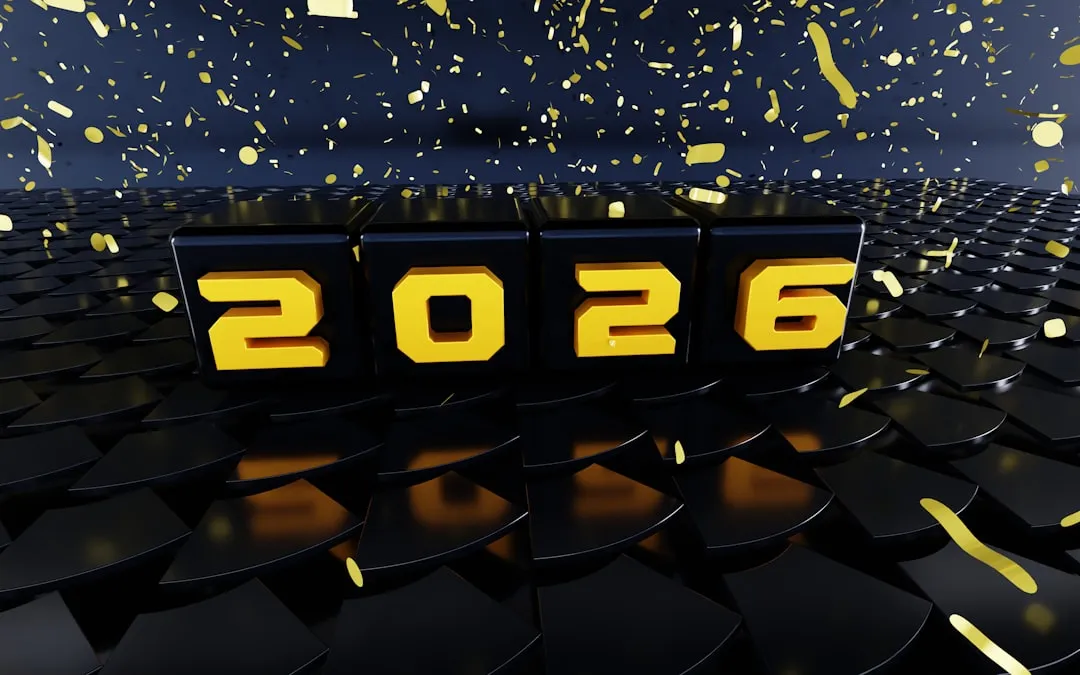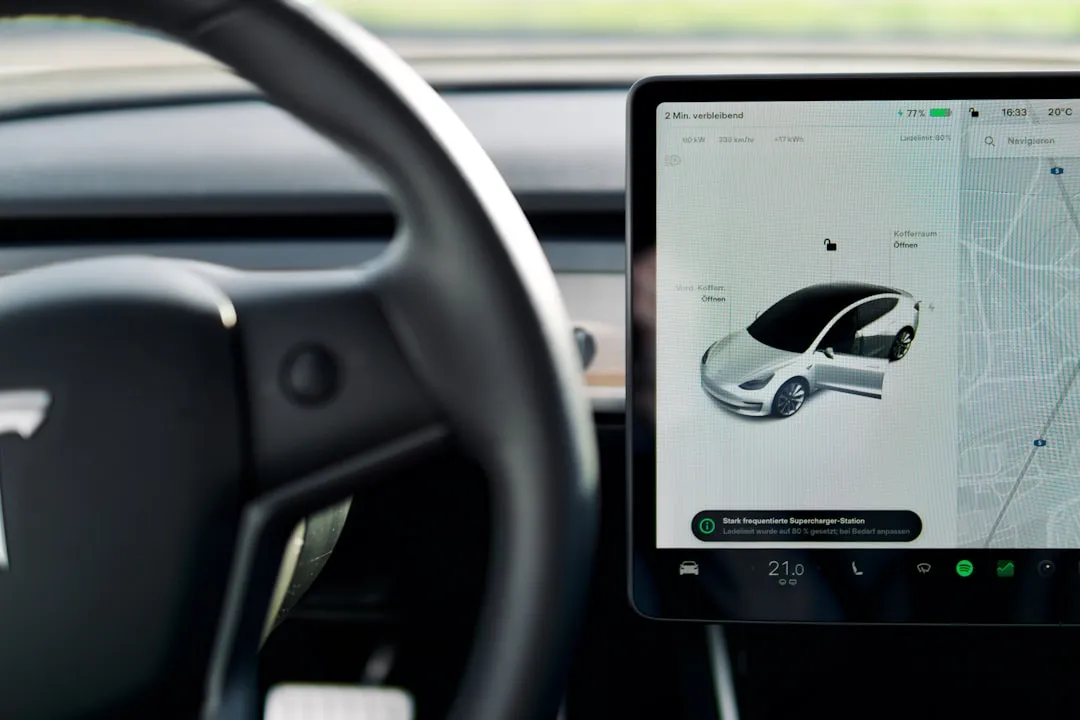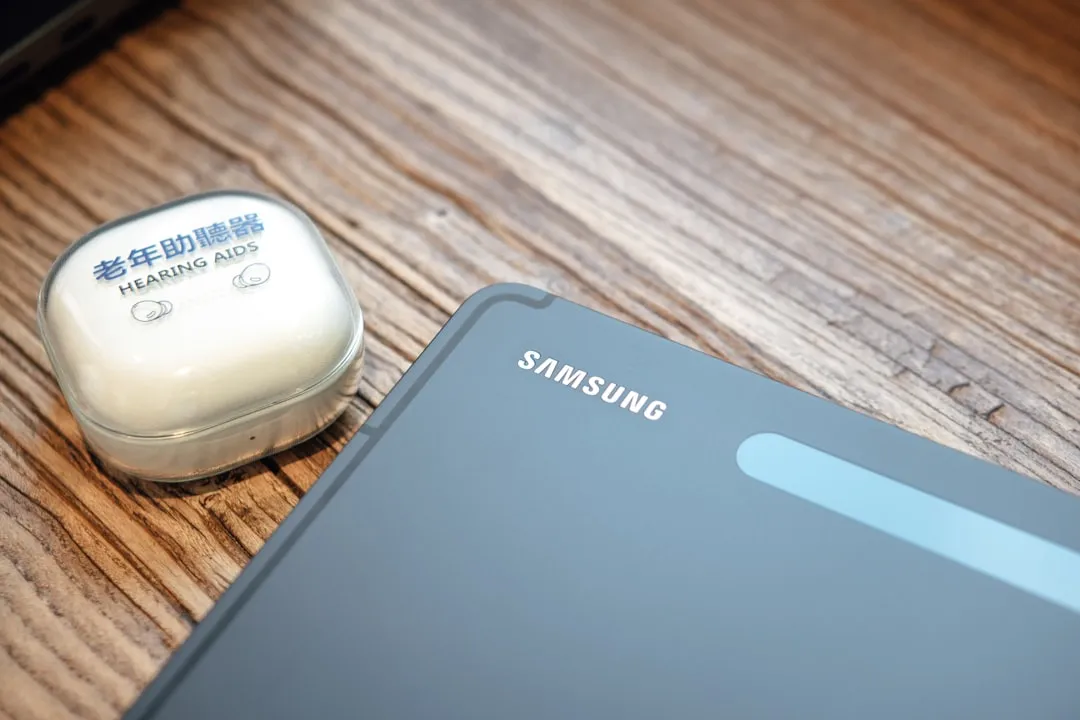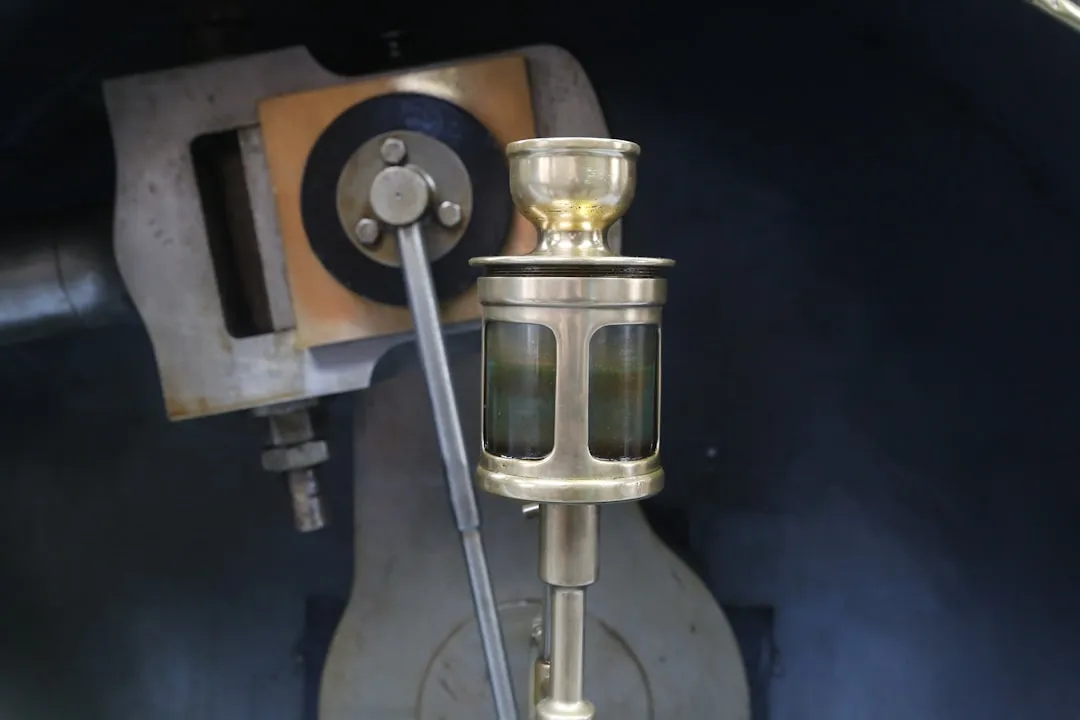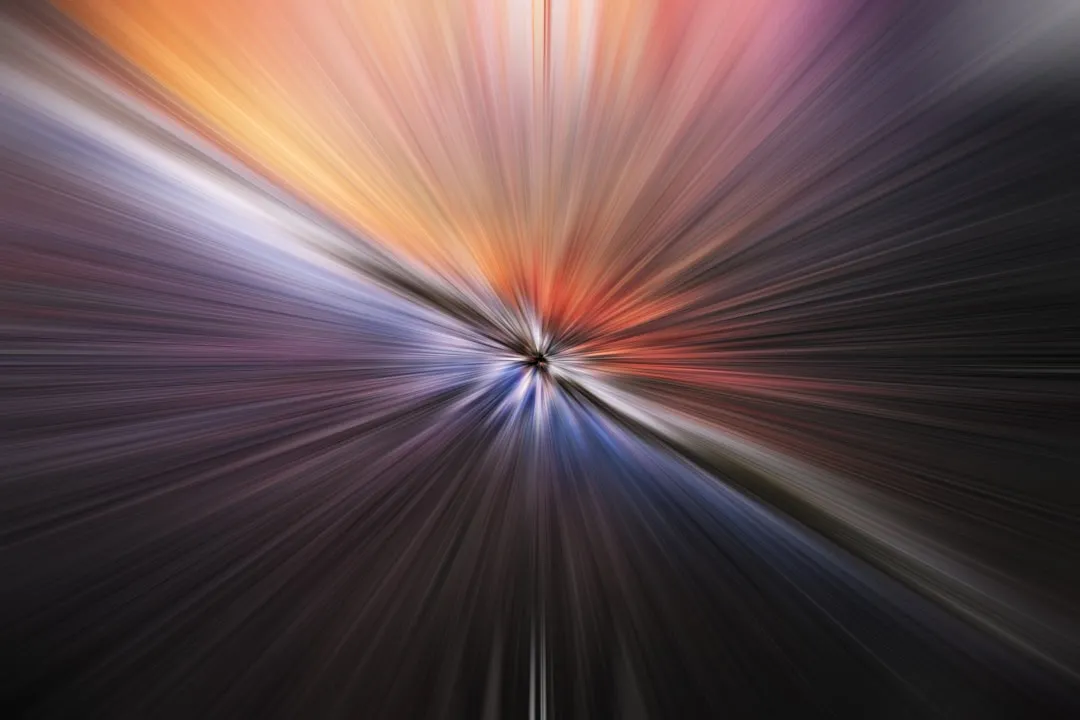Trending about Cinematography


forum
How to Use the Rule of Thirds


forum
How to Use a Clapper Board


forum
How to Light a Night Scene (Interior)

























Featured On WonderHowTo:
Productivity & Shortcuts








Featured On WonderHowTo:
Music & Audio







Featured On WonderHowTo:
Augmented Reality








Featured On WonderHowTo:
Gaming







































